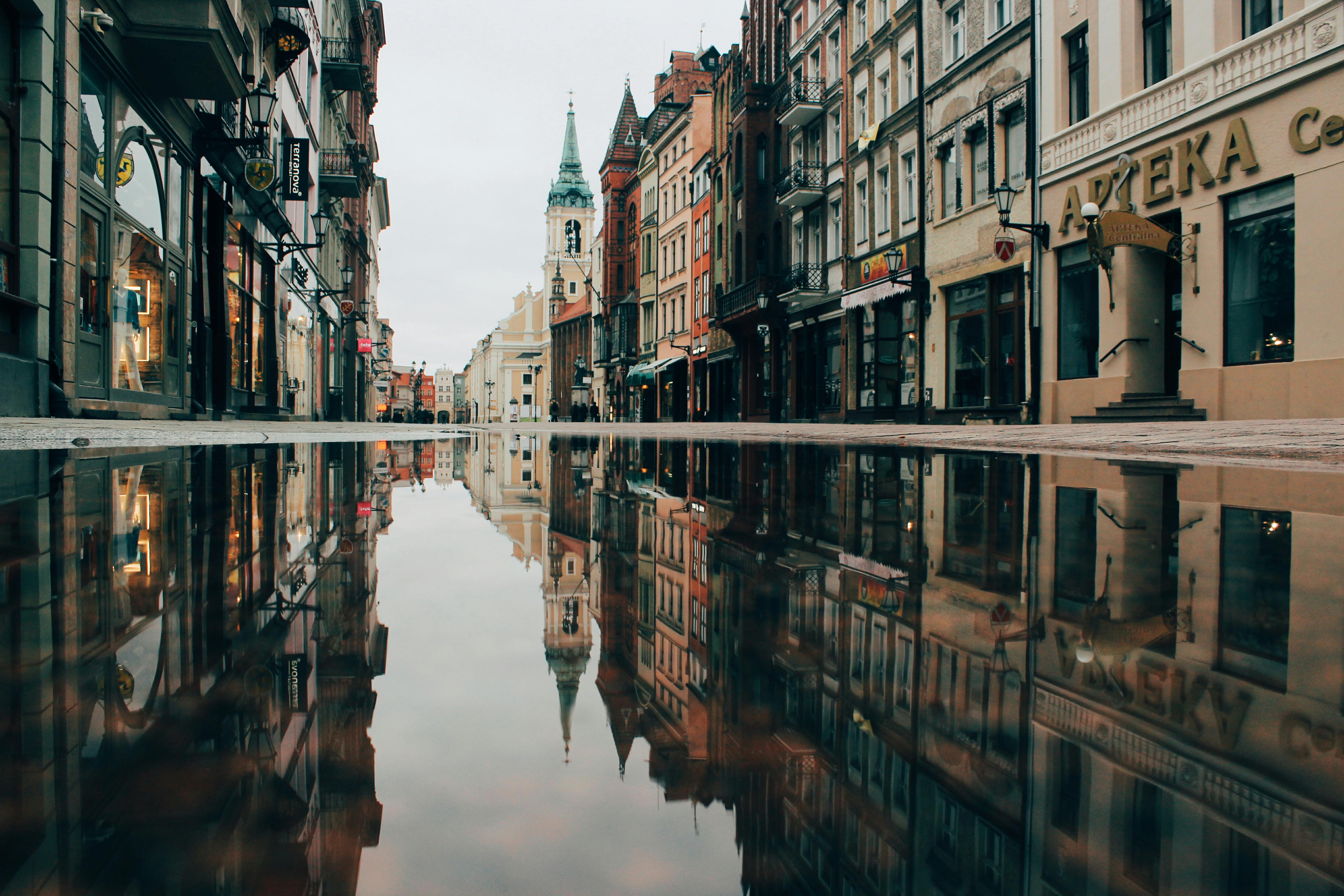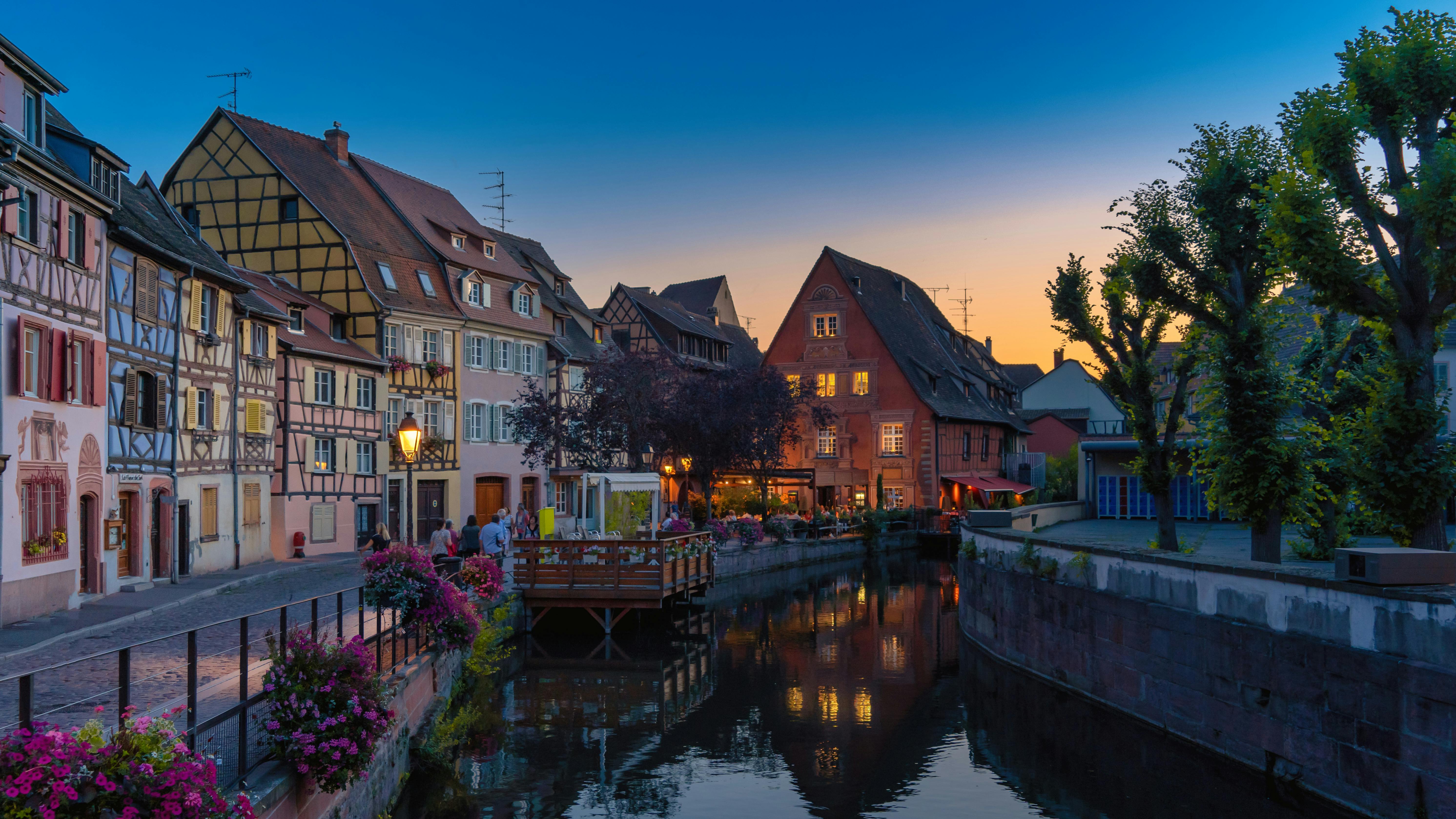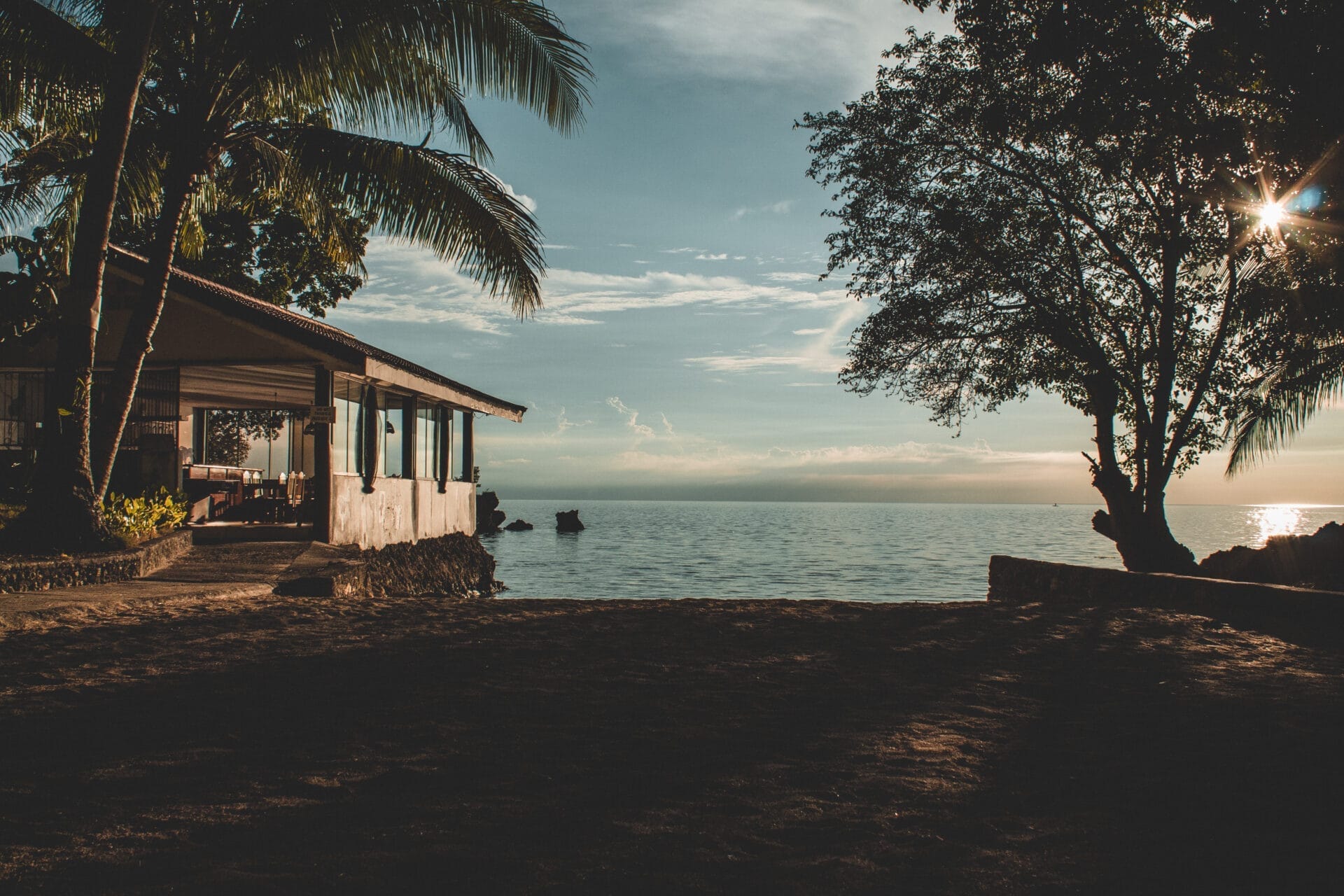Distilling water at home is a great way to obtain clean and pure drinking water that is free from contaminants. Distillation is an effective way to remove most impurities from water, including heavy metals, bacteria, and minerals. It is a simple process that can be done using basic kitchen items. In this guide, we’ll provide step-by-step instructions on how to distill water at home.Making distilled water at home is a relatively simple process. All you need is a pot, a heat source, and some way to collect the resulting steam. Here are the basic steps:
1. Fill the pot with water and place it on the heat source.
2. Put a lid on the pot and wait for it to start boiling.
3. Place a collection device such as a glass bowl or jar over the lid to capture the steam as it rises from the boiling water.
4. As the steam rises, it will condense into droplets on the inside of the lid and drip into your collection device below, leaving behind any impurities in the original water that didn’t evaporate.
5. When you have collected enough distilled water in your collection device, remove it from the pot and allow it to cool before using it for its intended purpose.
What You Need To Make Distilled Water At Home
Making distilled water at home is a simple process that can be done with everyday items. All you need to make your own distilled water is a pot, a heat source, a container for the finished product and some type of condenser. Here is what you need to get started:
A pot or large container: This will be used to boil the water. Make sure it is large enough to contain the amount of water you want to distill.
A heat source: You will need something to heat the water in your pot. This can be an electric stove, gas stove, or even an open flame from a campfire or grill.
A condenser: This will help cool down and collect the steam created when you boil the water. The most common type of condenser used for home distillation is a copper coil suspended over the pot of boiling water.
A container: You will need something to hold the distilled water once it has been collected from the condenser. This can be a glass jar, plastic bottle, or any other non-reactive container that can hold liquid without leaking.
Once you have gathered all these materials, you are ready to begin making your own distilled water at home!
The process begins by filling your pot with tap water and heating it until it boils. As the boiling point is reached, steam will begin to rise from the surface of the liquid. This steam will then pass through your condenser and cool down as it passes through the coil before eventually collecting in your container as distilled water.
After some time, all of your tap water should have been converted into condensed steam and collected in your container as pure distilled water! If you do not see any more steam coming off of your pot after a few minutes, then all of your tap water has been converted into pure distilled form and you are now ready to enjoy clean drinking water without any worry about contaminants or other impurities!
What Is Distilled Water?
Distilled water is a type of purified water that has been subjected to a distillation process and is free from minerals and other impurities. The process of distillation involves boiling the water and then collecting the steam, which is condensed back into a liquid form. This process removes most contaminants from the water, including bacteria, heavy metals, and other dissolved solids. It also reduces the amount of total dissolved solids in the water. Distilled water is often used in laboratory settings, medical facilities, as well as for drinking and cooking purposes.
Step-by-Step Guide To Making Distilled Water At Home
Making distilled water at home is relatively easy and requires only a few pieces of equipment. Here’s a step-by-step guide to making your own distilled water:
1. Start by gathering your supplies: a large pot with a lid, a glass bowl that fits inside the pot, ice cubes or crushed ice, and some clean drinking water.
2. Fill the pot with enough clean drinking water to cover the bottom of the glass bowl when it’s placed inside.
3. Place the glass bowl in the center of the pot so that it is not touching the sides or bottom of the pot.
4. Place some ice cubes or crushed ice around the outside of the glass bowl.
5. Place lid on top of pot so that it covers all openings except for one small hole near one edge.
6. Place heat source (stove or hot plate) under pot and turn on low heat setting.
7. As steam begins to form in pot, it will condense on lid and drip into glass bowl below.
8. After about 15 minutes remove pot from heat source and carefully remove lid using oven mitts or kitchen towels.
9. Let cooled distilled water settle for a few minutes before pouring off into separate container for storage.
By following this simple step-by-step guide you can make your own distilled water at home quickly and easily! It’s important to remember however that homemade distilled water may not be as pure as commercially produced distilled water so always use caution when drinking it or using it in any application where purity is important
The Benefits Of Making Distilled Water At Home
Distilled water is the purest form of water available, free from pollutants and contaminants. It’s used for drinking, cooking, and even in medical treatments. Making distilled water at home is a great way to save money and ensure you have access to the cleanest water possible. Here are some of the benefits of making distilled water at home:
Cost Saving
Making distilled water at home can help you save money in the long run. Store-bought distilled water can be quite expensive, so making your own can help offset those costs. You only need a few items—water, heat source, condenser—to make the process happen.
Health Benefits
Distilled water is free from pollutants and contaminants that can be found in regular tap or bottled water. This means it’s much healthier for you to drink as it does not contain any potentially harmful substances that could lead to health issues. By making your own distilled water at home, you can ensure that you’re drinking only the purest form of water available.
Versatility
Distilled water has many uses beyond drinking and cooking. It can also be used in medical treatments such as chemotherapy, dialysis, and even some types of surgery. Having a supply of distilled water on hand makes it easy to access when needed for medical purposes.
Making your own distilled water at home is a great way to save money and ensure you have access to the cleanest form of water available. With its cost saving benefits, health benefits, and versatility in medical treatments, making your own distilled water is a smart choice for anyone looking for high-quality drinking or cooking water.
What Is Distilled Water?
Distilled water is a type of purified water that has had all of its impurities removed through a process of distillation. During this process, water is heated until it evaporates, leaving behind any suspended solids or dissolved minerals. The resulting vapor is then condensed back into liquid form and collected in a separate container. This distilled water is free from almost all contaminants, making it an ideal choice for use in many applications such as drinking, laboratory work, medical procedures and many other uses where pure water is required. Additionally, distilled water can also be used to fill car batteries, iron and steam irons, humidifiers and vaporizers.
Distilled water provides the purest form of H2O available to consumers. It contains no minerals, salts or chemicals that can alter its taste or color in any way. This makes it ideal for those who want to enjoy the benefits of drinking pure water without having to worry about any adverse effects on their health. In addition to being safe for consumption, distilled water also has excellent cleaning properties and can be used for washing windows, dishes and even laundry without leaving streaks or residue behind.
Although distilled water has many advantages over tap or bottled water, there are some drawbacks associated with it as well. First off, due to the distillation process used to create it, distilled water does not contain any essential minerals that are found naturally in tap and spring waters. This means that those looking for additional health benefits may want to look elsewhere for their drinking needs. Additionally, due to its lack of taste and odorless nature, some people may find the taste of distilled water unappealing compared to other types of purified waters available on the market today.
Overall though, distilled water remains one of the most popular forms of purified drinking waters available on the market today due to its low cost and ease of use. Its ability to remove impurities with minimal effort makes it an ideal choice for those looking for a clean and safe source of drinking water without having to worry about any adverse effects on their health or taste buds.

What Is The Process Of Making Distilled Water?
The process of making distilled water is relatively straightforward. It involves boiling water until it turns into steam, then collecting the steam, and allowing it to condense back into a liquid state. This process removes all dissolved solids, such as salts and minerals, from the water.
The condensation process typically takes place in a still — an apparatus designed specifically for distillation. A still consists of a pot where the water is boiled and heated, and another vessel where the condensed steam is collected.
During the distillation process, impurities are left behind in the boiling pot while pure steam rises up through a tube connected to the collection vessel. As the steam cools, it condenses back into liquid form, leaving behind any solid impurities and minerals that were previously dissolved in the water. The result is distilled water with no dissolved solids or impurities.
The distilled water can then be collected and used for various purposes depending on its intended use — including drinking, cooking, cleaning and washing clothes — as it does not contain any potentially harmful substances or contaminants found in untreated tap water.
Overall, distillation is an effective way to produce clean drinking water free of any unwanted substances or contaminants. The process of making distilled water involves boiling it until it turns into steam before collecting and condensing that steam back into liquid form — leaving behind any solids or impurities in the boiling pot.
Boiling Method
The most basic and oldest method of distilling water is to boil it. This is a simple process where the water is boiled in an open-air container. As the water evaporates, it leaves behind any impurities that can’t turn into steam. The steam then condenses on the walls of the container and drips back down as distilled water. This method works best when done with a large amount of water so that you can collect enough distilled water for your needs.
Solar Distillation Method
Solar distillation is another way to make distilled water. This method uses solar energy to evaporate and condense the water. You need to set up a glass or plastic frame that will hold a shallow pan of water. Put this frame in a sunny spot and then cover it with a clear plastic sheet or glass lid to trap the heat inside. As the sun heats up the pan, the water will begin to evaporate and collect on the underside of the lid or sheet as condensed droplets of distilled water.
Distillation Using Reverse Osmosis
Reverse osmosis is a process where salt, minerals and other contaminants are removed from tap or well-water using a special membrane filter. This same technology can be used for making distilled water as well. By running tap or well-water through this membrane filter, you can remove all impurities from it and get pure, distilled water on the other side.
Using A Water Distiller
A home-use water distiller is another way to make your own supply of distilled water at home. This device consists of a boiling chamber, condenser coil and collection container all in one package. All you have to do is pour tap or well-water into the boiling chamber and turn it on; within minutes you will have pure, distilled water ready for use.
How To Store Distilled Water At Home
Storing distilled water at home is a great way to ensure you always have clean and safe drinking water when you need it. The process of making distilled water is relatively simple, and the finished product can be kept for long periods of time without spoiling. Here are some tips for storing distilled water at home in order to maximize its shelf life:
One of the most important aspects of storing distilled water is to keep it away from direct sunlight. Too much exposure to sunlight will cause the molecules in the water to break down, resulting in a shorter shelf life. It’s best to store the distilled water in a cool, dark location such as a basement or pantry.
It’s also important to make sure that any containers used for storing distilled water are completely clean and free of contaminants. The use of plastic bottles can be convenient, but it’s best to avoid them as they can leach chemicals into the water over time. Glass or stainless steel bottles are preferable as they won’t leach any contaminants into the liquid.
When filling containers with distilled water, make sure not to fill them all the way up as this will leave less room for air circulation and ultimately reduce its shelf life. It’s best to fill containers up only half way before closing them tightly with lids or caps.
Finally, it’s important to label each container with a date so you know when it was stored and can keep track of how long it has been sitting on your shelf. This will help you stay on top of rotating through your supplies so that you always have fresh drinking water on hand.
By following these simple steps, you can ensure that your distilled water stays fresh and safe for drinking for much longer than other types of bottled waters.

Conclusion
Distilling water at home is a great way to ensure you have clean and safe drinking water. It’s easy to do, and all you need are the right materials and supplies. The process itself is relatively simple, but it’s important to be mindful of the safety precautions listed above. With a little bit of patience and practice, you can easily make your own distilled water without having to purchase expensive store-bought versions.
Distilling water at home can be a fun and rewarding experience, as well as a money-saving endeavor. You can save money on bottled water while still having access to clean and safe drinking water. And with the right tools, you can make your own distilled water right in your own kitchen. So if you’re looking for an easy way to get clean drinking water, consider distilling it yourself!

